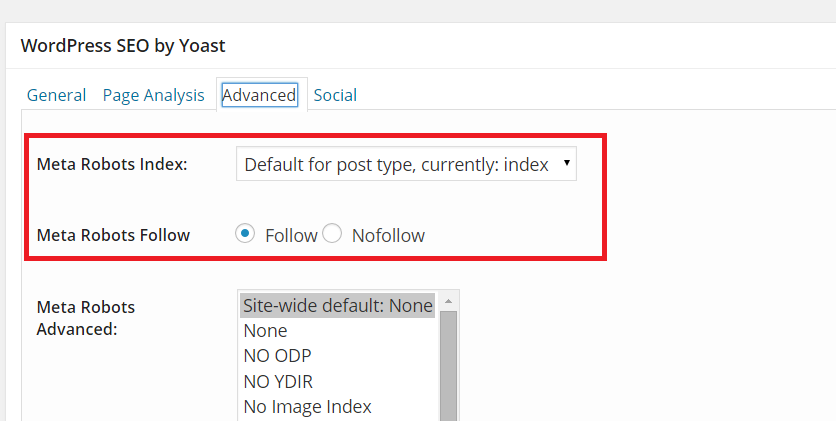We have a good number of clients that ask us the same thing, in basically this fashion: “Hey I really like this page on this other website – can you just put it on our website”. Where I almost always respond, sure. At this point, you could really do one of two things: either take the entire page word for word and no index, no follow it. Or have our content marketing team rewrite it to avoid plagiarism and keep the ranking capability for it.
When you no index, no follow a page, you are heavily encouraging search engine crawlers to avoid indexing the page for indexing during search engine inquiry results.
From an SEO standpoint, rewriting seems like the best bet, because even if it is no indexed, no followed, you’re still technically stealing the content which we aren’t about here (I’d prefer to just link out to the other website, or possibly iframe). A few examples of pages we wouldn’t venture to rewrite, though, are immensely technical pages (pages on the melting points and engineering application of exotic alloys), legal documents (state statutes surrounding the legality of homeowner’s insurance), and official press releases – these are a few good examples of content that is not only fairly ridiculous to attempt to rewrite, but they simply aren’t necessary if you cite the source.
In HTML, no index, no follow for a page is as simple as adding the following to the <head> of the page:
<META NAME="ROBOTS" CONTENT="NOINDEX, NOFOLLOW">
For platforms such as WordPress, there are plenty of options and probably a good number of plugins that will inject this code. We use Yoast which is pretty popular on WP, so if you have Yoast, just see below:

This box is typically located towards the bottom of a WP page/post. Of course, you will use the dropdown for “Meta Robots Index” to no index, and switch follow to no follow.
Other pages I’ve utilized this for is sometimes the bio pages for company employees if their information was placed on multiple other websites or already exists on another website (and/or they didn’t take the time to rewrite) and in some instances the contact page if all of the information is completely generic.
Another example of deciding to no index, no follow a page would be in situations where I’m working on a massive website (thousands of pages) and eventually over the years, some pages created are simply going to be very similar to other pages on the site and they are often optimized the same too. Through analytics, I take a look at which performs best as a landing page and decide on one to keep. Instead of deleting the lesser-performing page or merging it, I will no index, no follow if there are pages that still link to it, other websites that still link to it, or if it makes sense with the site architecture at that time. It is a rare instance, but I’d prefer to take this route instead of creating potential broken links and/or cannibalizing the keywords I was originally trying to capture. This type of situation is also a great opportunity to consolidate the content from the lower performing page and add it to the higher performing one.
Have any other questions about a no index, no follow strategy? (I should just coin it as NINF). Ask our SEO experts at Market My Market today. You can contact us at (800) 997-7336 or visit our contact page to receive a free marketing consultation.

MMM Author Ryan Klein
The ongoing digital revolution is transforming the way that all businesses interact with clients and customers. Consumers rely heavily on digital channels for researching products and services and expect to make buying choices with the swipe of a finger. For organizations that want to remain competitive, having a defined digital marketing strategy and execution plan is essential for successful outcomes. With a demonstrated history of creating and implementing strategic digital marketing initiatives that drive growth, I am committed to delivering real, measurable results for my clients.
